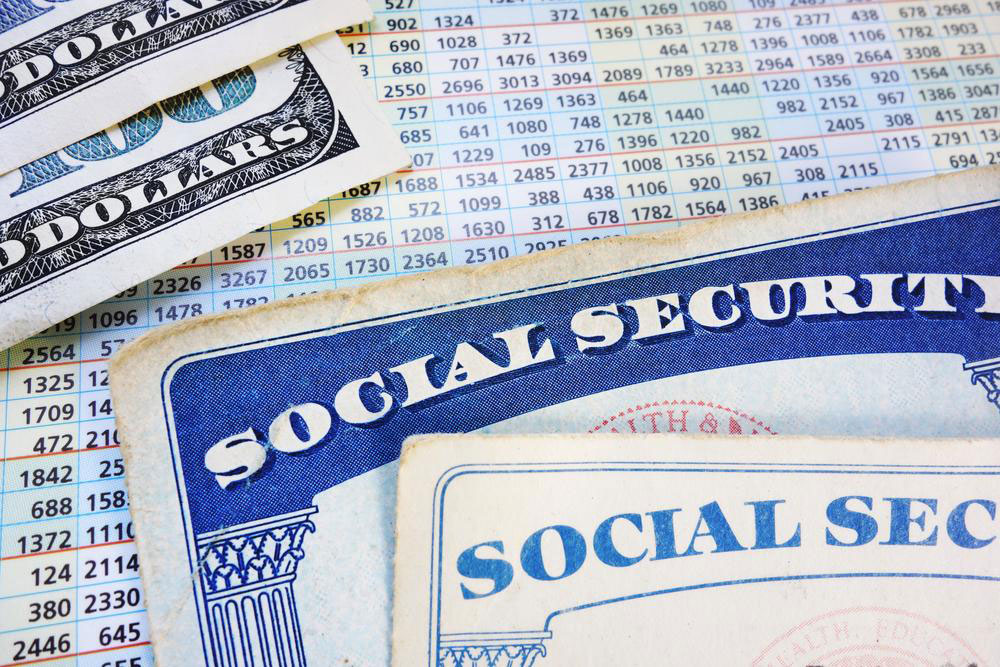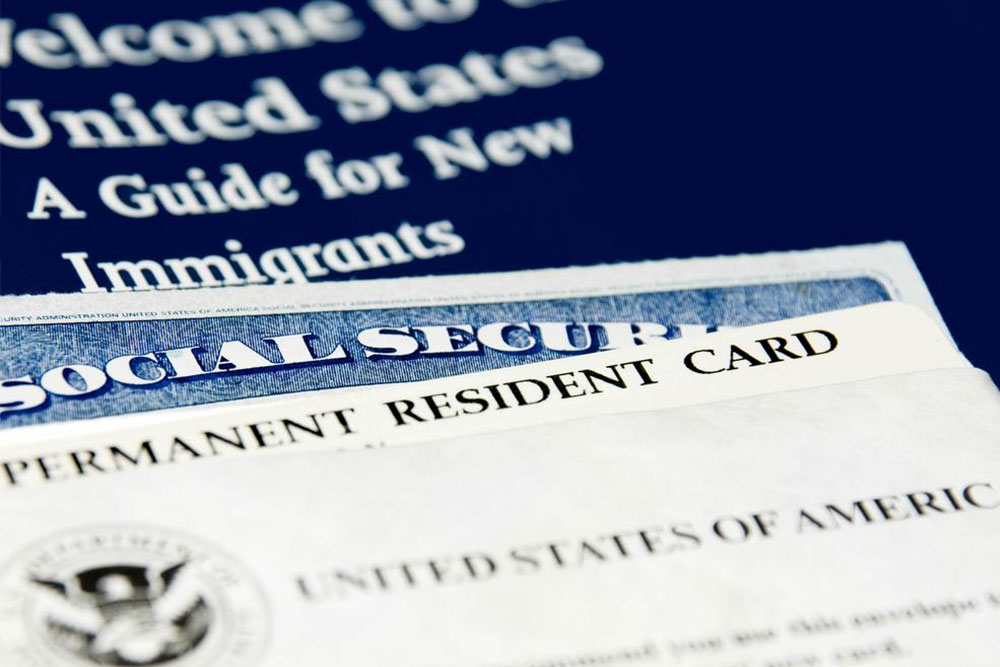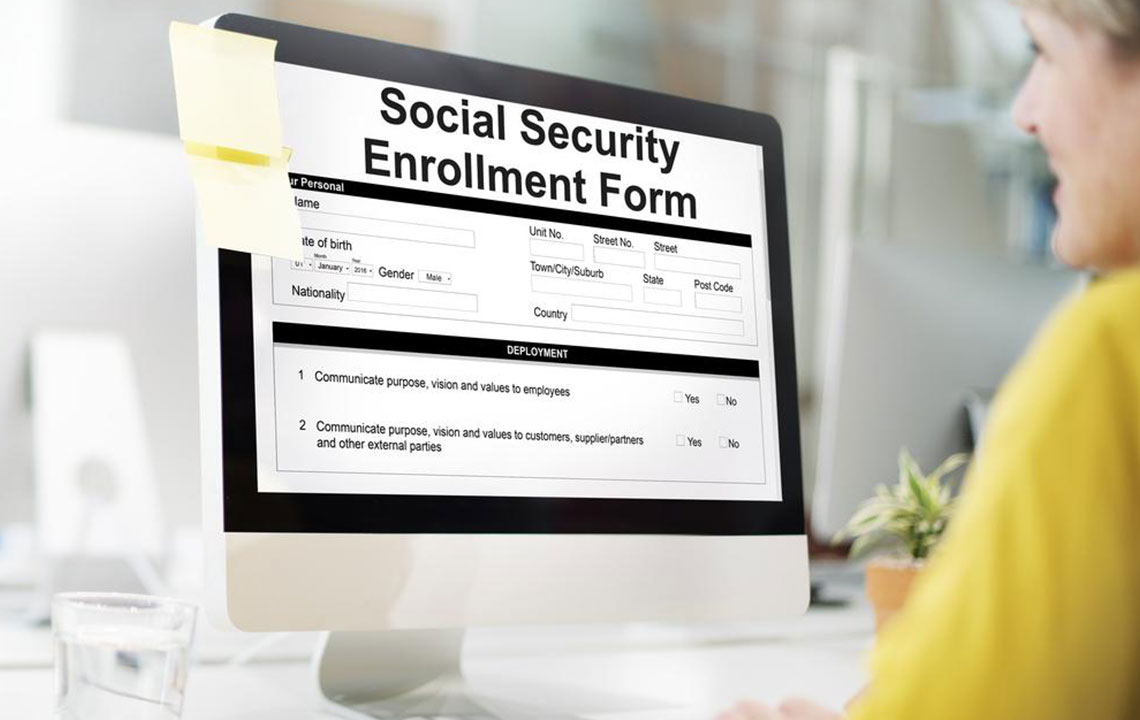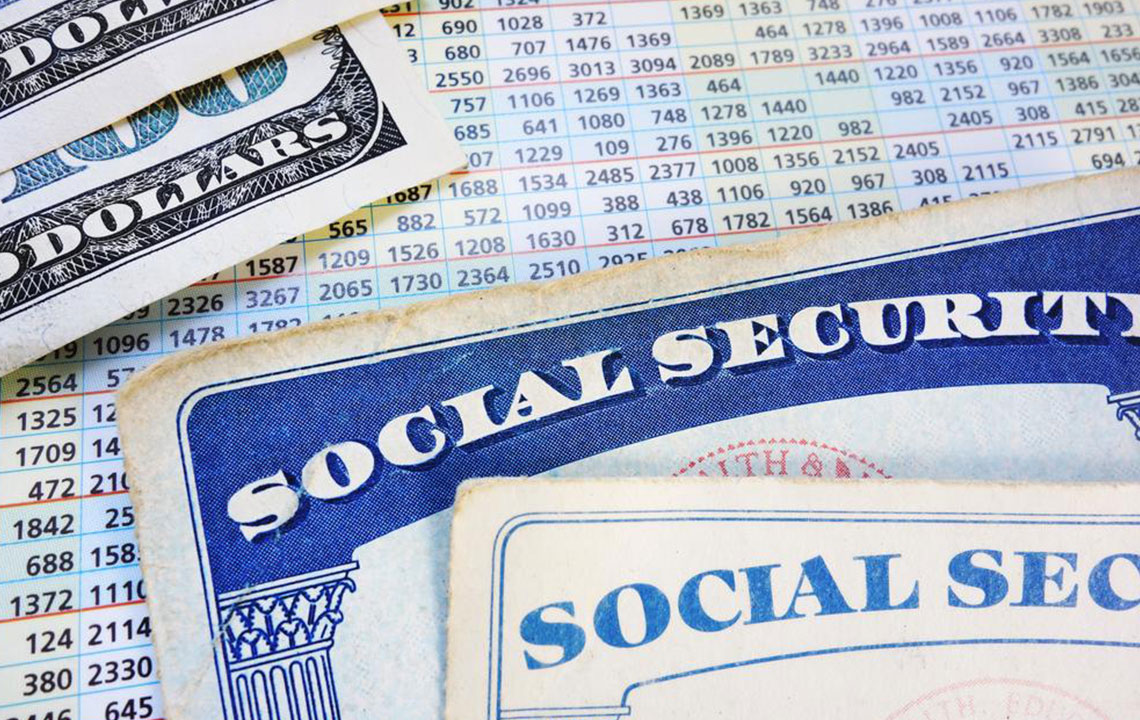Comprehensive Guide to Replacing Your Lost Social Security Card in the US
Losing your Social Security card can threaten your identity and disrupt daily activities. This comprehensive guide explains how to quickly and securely replace your lost SSN card, detailing necessary documents, application procedures, and safety tips. Learn best practices to protect your personal information and prevent fraud, whether you're a U.S. citizen or immigrant. Replacing your card promptly safeguards your identity and ensures smooth access to employment, banking, healthcare, and education services. Stay proactive to maintain your financial security and personal privacy.

How to Replace a Lost Social Security Card: Essential Steps and Tips
In the United States, a Social Security number (SSN) serves as a vital personal identifier used across various aspects of daily life, from financial transactions to employment and healthcare. The physical Social Security card, issued by the Social Security Administration (SSA), carries this crucial number along with your personal details, acting as an official verification document. For U.S. citizens and residents alike, having a valid Social Security card is essential to access many services and to ensure your identity is protected.
Misplacing your Social Security card can lead to serious issues like identity theft, fraud, and unnecessary financial complications. Therefore, understanding how to quickly and efficiently replace your lost card is critical. This guide provides comprehensive information on the process, necessary documentation, and tips for safeguarding your Social Security information.
Why You Need to Replace a Lost Social Security Card
The Social Security card is not just a piece of plastic; it is a key document that facilitates your interactions with numerous institutions and services. Here are some of the key reasons why swift replacement of a lost Social Security card is necessary:
Employment Verification: Employers often require your SSN for payroll and tax purposes. Having your SSN ready ensures smooth onboarding and compliance with federal regulations.
Financial Transactions: Opening bank accounts, applying for credit cards, and obtaining loans all require proof of your SSN. Lost cards can temporarily hinder these activities.
Healthcare Access: Medical providers often require your SSN for patient identification, insurance claims, and medical records management.
Educational Enrollment: Many institutions ask for your SSN during admission and registration processes.
Identity Theft Prevention: A lost card exposes you to identity theft risks. Replacing it promptly reduces this threat significantly.
Risks of Not Replacing Your Lost Social Security Card
If your Social Security card goes missing and remains unreplaced, potential dangers include:
Identity Theft: Criminals can use your SSN to commit fraud, open accounts, or obtain benefits in your name.
Financial Fraud: Unauthorized access to your financial accounts may occur, leading to losses and legal complications.
Compromised Personal Information: Your sensitive data could be exploited if not secured properly.
Step-by-Step Guide to Replacing Your Social Security Card
Replacing your lost Social Security card in the U.S. is a straightforward process, designed to be accessible and affordable. The process usually involves visiting the SSA, completing an application, and providing the necessary proof of identity and citizenship. Here is an expanded step-by-step guide:
1. Gather Required Documents
Before applying, compile the following documents to verify your identity, citizenship, and immigration status. Ensuring these are current and valid will expedite your request:
Proof of Identity: State-issued driver’s license, non-driver ID card, or a US passport are preferred. If these are unavailable, you may use other IDs such as military ID, healthcare insurance card, university ID, or employer ID.
Proof of Age: A birth certificate, religious record with date of birth, hospital record, or U.S. passport. These documents confirm your date of birth, which is necessary for the SSA records.
Proof of U.S. Citizenship: U.S. birth certificate or a valid passport. If you're not a citizen, see the section below on immigration documentation.
Proof of Immigration Status (if applicable): Documents such as Form I-551 (Permanent Resident Card), Form I-766 (Employment Authorization Document), or Form I-94 arrival/departure record.
2. Complete the Application Form
Visit the SSA official website or local SSA office to fill out the Application for a Social Security Card (Form SS-5). The form is straightforward, requesting basic personal information such as name, date of birth, place of birth, and citizenship status.
You can also print the form and fill it out in advance for faster processing when visiting the SSA office.
3. Submit Your Application and Documents
You have two options to submit your application:
In Person: Visit your local SSA office with your original documents or certified copies. It is recommended to check if you need an appointment beforehand.
By Mail: Send your completed form along with your original documents or certified copies to your local SSA office. Be sure to use certified mail with tracking for safety.
Note: Certain states or circumstances may restrict in-person visits, so verify current procedures on the SSA website.
4. Handling and Processing Time
Once your application is received and approved, the SSA will mail your replacement Social Security card to your registered address. Processing times vary based on demand and your location but generally take about 7–14 business days.
During this period, monitor your mail and keep your address updated with SSA to avoid delays.
Additional Tips for a Smooth Replacement Process
Here are some practical suggestions to ensure you replace your Social Security card successfully:
Limit Carrying Your Card: Only carry your Social Security card when necessary. Keep it in a secure location when not in use to prevent loss or theft.
Protect Your Identity: Regularly check your credit reports and consider enrolling in identity theft protection services, especially if your card was stolen or compromised.
Beware of Scams: Always use official SSA channels for applications. Beware of third-party services that may charge unnecessary fees or pose security risks.
Stay Updated: Periodically review SSA guidelines, as processes or document requirements may change.
Special Considerations for Non-Citizens
If you're not a U.S. citizen but have been issued an SSN, you'll need specific documentation to request a replacement, such as:
Unexpired Form I-551 (Green Card) or other eligible immigration documents.
Work authorization documents.
Check the SSA website for detailed instructions tailored to non-citizens or immigrants.
Conclusion: Protecting Your Identity and Ensuring Continuity
Replacing a lost Social Security card is a proactive step toward safeguarding your identity and ensuring that your financial and personal activities continue without disruption. By gathering the proper documentation, following the outlined steps, and taking precautions against identity theft, you can recover your card efficiently. Remember to keep your SSN confidential and secure, and review your credit reports periodically for any suspicious activity. Staying informed and vigilant is the best way to prevent issues related to lost or stolen Social Security cards.




